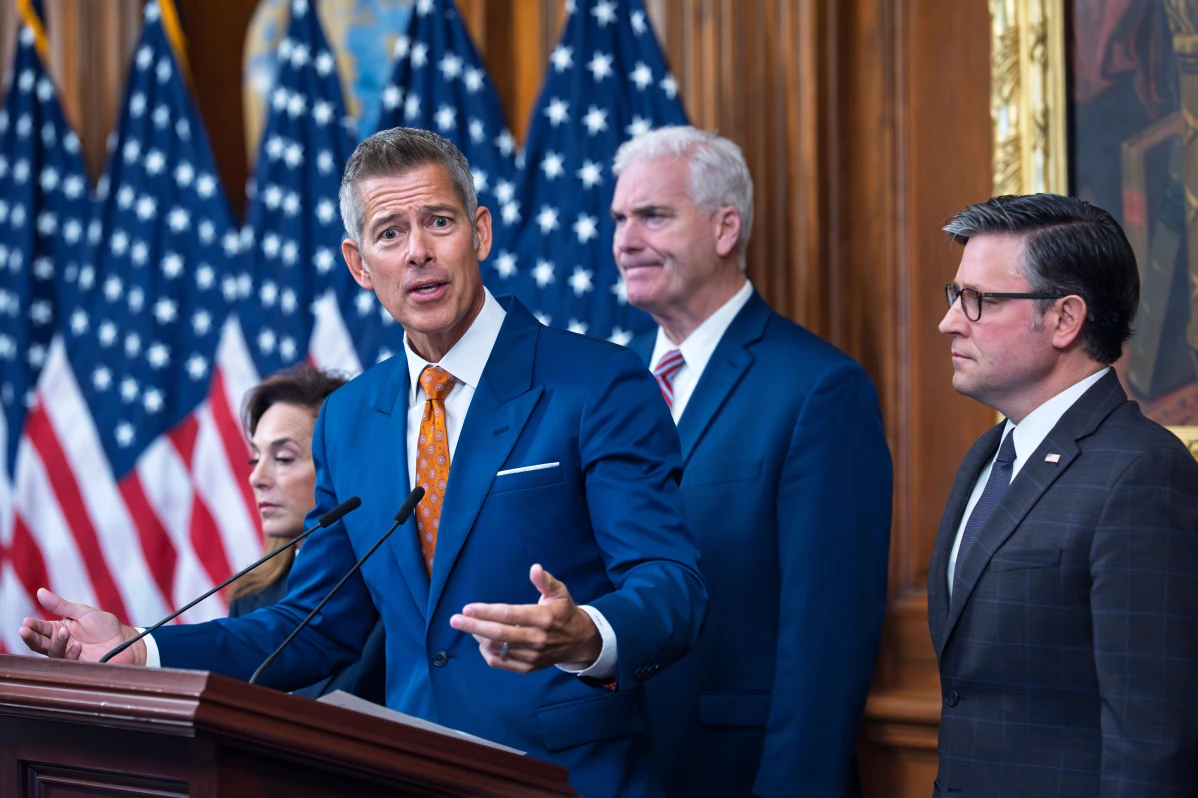Los Angeles, October 26, 2025 – Sunday morning brought an unwelcome surprise for travelers at Los Angeles International Airport (LAX), as a temporary ground stop halted flights due to a shortage of air traffic controllers. One of the busiest airports in the world was brought to a standstill, a stark reminder of the cascading effects of the federal government shutdown that began on October 1.
According to the Federal Aviation Administration (FAA), the ground stop started at 8:42 a.m. local time (11:42 a.m. Eastern) because of staffing shortages at a Southern California air traffic facility. Flights headed to LAX were held at their departure airports, leading to delays averaging an hour and 40 minutes. While Oakland departures were primarily affected, the impact rippled far beyond California.
The FAA lifted the ground stop just after 10:30 a.m., but officials warned that additional restrictions could continue to affect traffic at LAX throughout the day. Meanwhile, other airports across the country, including Newark Liberty International Airport and Teterboro Airport in New Jersey, as well as Southwest Florida International Airport in Fort Myers, reported similar disruptions tied to staffing shortfalls.
This disruption is the latest consequence of nearly four weeks of the federal shutdown. Air traffic controllers, considered essential workers, are required to continue working without pay until Congress resolves the budget impasse. The lack of guaranteed pay has created growing stress and financial strain across the workforce.
U.S. Transportation Secretary Sean Duffy painted a grim picture on Fox News’ Sunday Morning Futures. “Yesterday alone, we had 22 staffing triggers, one of the highest numbers we’ve seen since the shutdown began. Our controllers are wearing thin,” Duffy said. “Many live paycheck to paycheck, some with stay-at-home spouses. They’re worried about gas, childcare, mortgages—it’s a real strain.”
The shutdown is also taking a toll on new recruits at the FAA Academy in Oklahoma City. Some students and newly hired controllers are abandoning the profession entirely, unwilling to work without guaranteed pay. Duffy noted, “We’re hearing from our academy that some young controllers are walking away, even before starting their careers. They’re asking, why go into a profession where you could work hard and potentially not get paid?”
This exodus raises serious long-term concerns. Training a qualified air traffic controller takes years, and the FAA is already critically short-staffed. Even a handful of absences can ripple into major disruptions. On October 23, nationwide flight delays surged to 6,158, up from roughly 4,000 daily delays earlier in the week, according to FlightAware.com. Duffy warned, “Delays are only going to get worse next week when payday comes—and the paycheck will be zero.”
Nick Daniels, head of the air traffic controllers’ union, emphasized the human cost. “Working without pay creates unnecessary distractions,” Daniels said. “Controllers cannot be 100% focused on their jobs, which impacts safety. Every day this shutdown continues, our system becomes slightly less safe.”
Financial pressures are forcing some controllers to take on second jobs, delivering food for DoorDash or driving for Uber, just to cover basic expenses. Airlines and airports are stepping in with meals and connections to food banks. Even seasoned controllers, earning six figures, are living paycheck to paycheck, while new hires often earn less than $50,000 annually. Daniels said, “It’s unfair for controllers to face impossible choices—pay rent, childcare, or groceries.”
While LAX grabbed the headlines, staffing issues have plagued airports nationwide. Earlier in October, Hollywood Burbank Airport faced dozens of flight delays and 12 cancellations due to an unstaffed control tower. On the same Sunday as LAX’s stoppage, several major airports—including Ronald Reagan Washington National Airport and Philadelphia International Airport—were flagged for staffing triggers. Later that evening, the FAA slowed traffic into Reagan National and Chicago O’Hare because of controller shortages.
Political leaders have voiced frustration over the situation. California Governor Gavin Newsom’s office tweeted a jab at Secretary Duffy, saying, “Hell of a job, @SecDuffy. Can’t wait to see what you do with NASA.” The message reflects growing impatience among state and local officials powerless to resolve a federal crisis.
This is not the first time a government shutdown has affected aviation. In January 2019, sickouts among New York City controllers forced the FAA to halt flights into LaGuardia Airport, creating widespread chaos and prompting lawmakers to reach a deal. But this shutdown appears more entrenched, with little sign of compromise.
For travelers, the disruption is real. At LAX and other affected airports, delays ranged from 49 minutes to nearly 90 minutes, with some passengers waiting even longer. FAA and industry leaders warn that, unless Congress acts, these delays may become the new normal.
For now, air traffic controllers continue to report for duty, keeping flights and passengers safe despite mounting stress and unpaid work. As the shutdown enters its fifth week, the strain is showing—and the future of the U.S. aviation system hangs in the balance.

